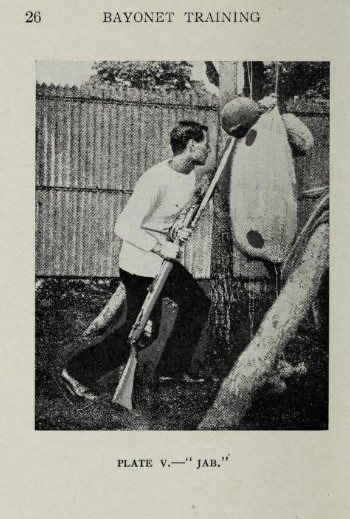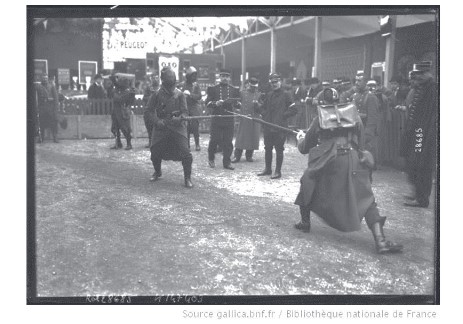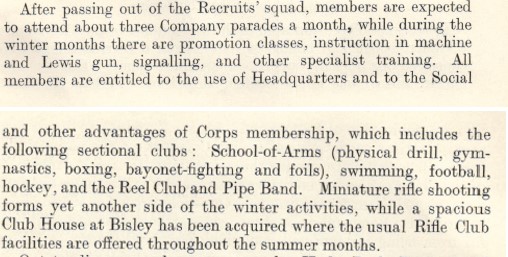A unique treasure in the Fencing Team cupboard

Merchant Taylors’ has a long and proud tradition of fencing in the School dating back to the 1890s when, following a lecture by a member of the London Scottish Regiment on the art, the School committee financed the levelling of some ground to enable to the sport to take root.
Unsurprisingly, the School’s most famous sportsman, JE Raphael was an early star, finishing second in the AAA Athletic Sports of 1901. The formation of the OMT Fencing Club followed shortly after and Fencing soon became a regular part of the School’s Gymnastic Display and fencers would regularly participate in the Public Schools’ competition hosted at Aldershot where they acquitted themselves well. When Dr Baker introduced the nascent four-house system for the purpose of improving sports competition, Fencing and Boxing were early adopters.
In the early days of Sandy Lodge, the Fencing Club was struggling for numbers and throughout the 1930s there were consistent appeals for new members. The employment of a coach helped revive the fortunes of the club and they gradually became more competitive in fixtures against the likes of Harrow and City of London schools. The sport continued to be organised under the heading of “The Gymnasium” and the boxing and fencing squads would often be photographed together.

By the end of the decade Fencing had found its home in the Salle above the Great Hall where it would remain until the fire safety officer closed the space down, since when it has had an itinerant existence in the Gym, Examination Hall and recently around the Rose Garden.
But one of current teachers in charge of Fencing, Mr Eliot Williams, has unearthed a mask that looks quite different to anything that would be used in bouts for the sabre or foil. This menacing discovery was found at the back of the Fencing cupboard as part of a general tidy up. Manufactured by WM Maddok and Co in 1937, Mr Williams’ research suggests that this mask was used for Bayonet Fencing, part of military training, so it is possible that this mask may have been used by the OTC/CCF rather than the Fencing club. Matthew Thomas, OMT, agrees, writing that the Army School of Physical training has plenty of pictures of inter-battalion bayonet fencing matches. The training rifle is a dummy with a spring loaded plug down the barrel that has a two inch disk on the end, rendering it safe with one of these masks.

A very similar example to the MTS discovery is displayed on the Royal Army Physical Training Corps Museum’s website and Mr Williams was also able to discover the French Army’s bayonet training manual from the First World War which shows the masks being used.

It is unclear who would have used such a mask here at Merchant Taylors’ and we hope that the generations of OMTs who enjoyed fencing at Sandy Lodge may be able to shed some light. The Taylorian makes one mention of Bayonet Fighting, in a letter to the publication from OMTs serving in the London Scottish Regiment in the early 1930s, appealing for new recruits from the School.

We hope we can find out more of the history of the mask, but in the meantime with support from the Merchant Taylors' Fund, it has been preserved in the Archive and further conservation work will be undertaken for this wonderful curiosity.